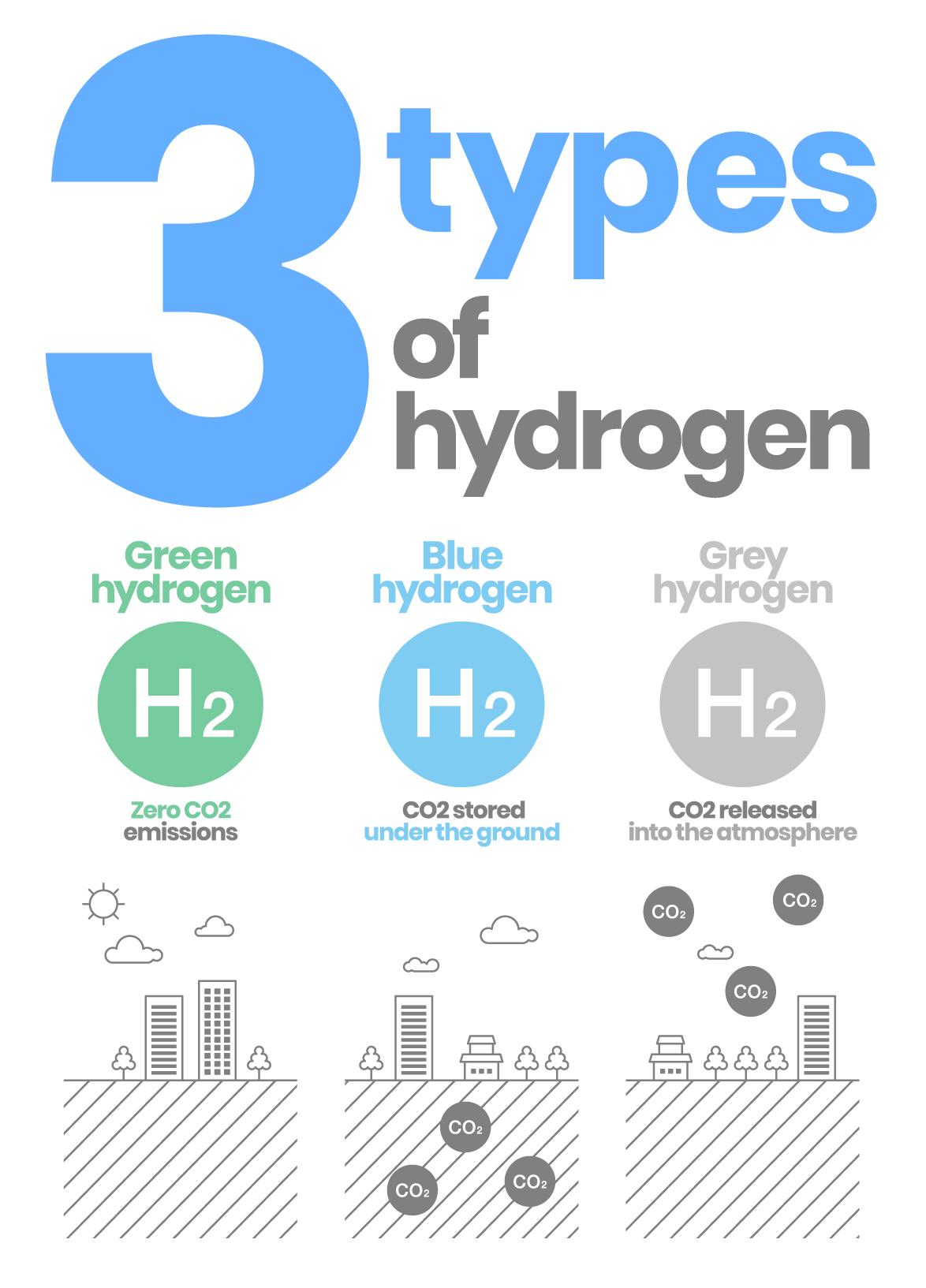
This article provides basic information on hydrogen, the key energy source in achieving carbon neutrality, in the form of responding to various questions.

Barely one month after making the initial announcement to the world, in May, Toyota participated in and completed the 24-hour endurance race 2021 Super Taikyu Series held at Fuji Speedway, with a vehicle installed with a hydrogen-powered engine. This was a world-first attempt and it was widely reported globally as proof of the potential of hydrogen as a fuel for an internal combustion engine.
A different hydrogen-fueled powertrain, the second-generation Mirai, has also proven the high performance in practical real-world applications of fuel cell electric vehicles (FCEVs), since it was launched back in 2020.
Given these two achievements, Toyota implemented its own awareness survey about hydrogen and the Mirai (post-Mirai launch and prior to launch of a hydrogen-powered engine). While the survey results showed that positive opinions were on the rise, there are also residual impressions still to overcome, such as, “Doesn’t hydrogen explode?”
In this article, Toyota Times covers the topic of hydrogen, in the form of responding to questions about the viability of hydrogen that the general public has.

Seeking to prove the safety of hydrogen was one of the reasons why President Akio Toyoda himself took the wheel in the recent 24-hour endurance race. With a correct understanding of the characteristics of hydrogen, people will see how hydrogen can be used safely.
Fact 1: Hydrogen has a high ignition temperature
Although there are still many people today who believe that hydrogen is dangerous, the reality is that if it is handled properly, hydrogen is safe.
The ignition temperature of hydrogen is 527℃, much higher than the ignition point of gasoline at 300℃, meaning that it is a substance that does not burn easily in its natural state.
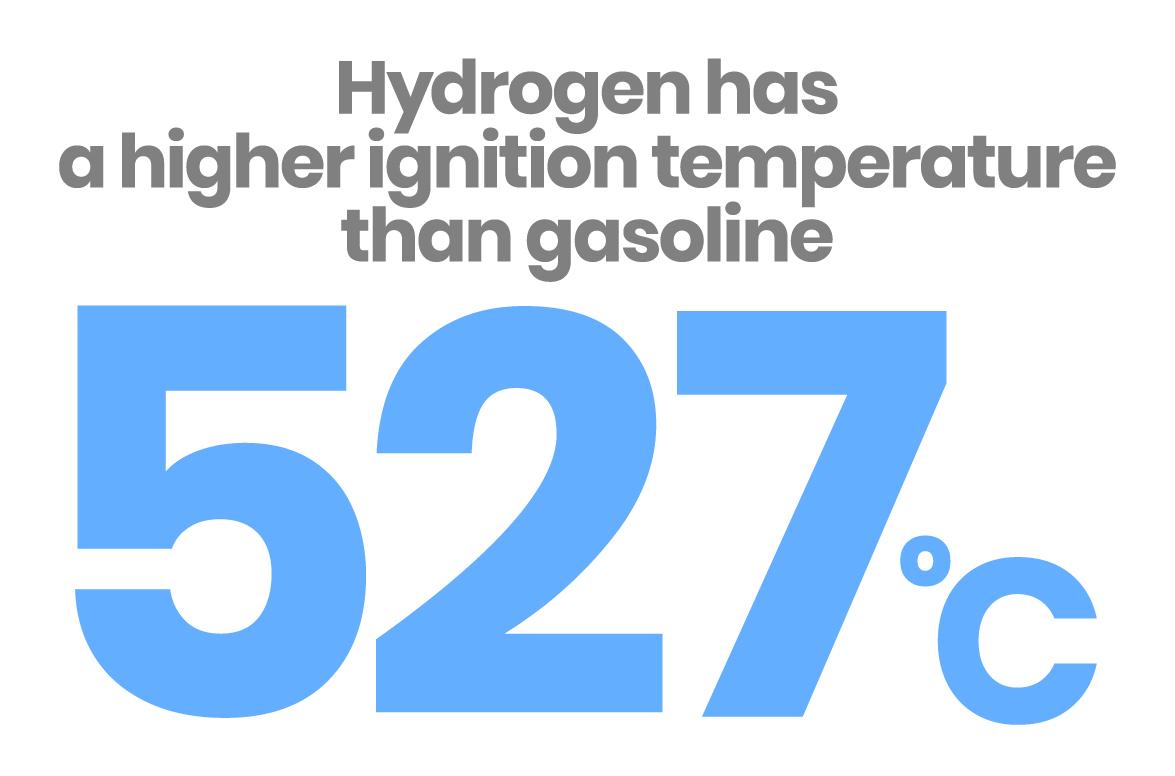
Fact 2: Hydrogen is light and doesn’t ignite easily
Why does its light property mean hydrogen isn’t ignited easily?
Being a flammable gas, hydrogen is ignited under specific conditions.
However, hydrogen is the lightest of all substances and is lighter than air itself, with a mass just 1/14th of air. Even if it were to leak, it would quickly dissipate and fade away, meaning that it is unlikely that hydrogen in the air would reach the conditions of being ignited.
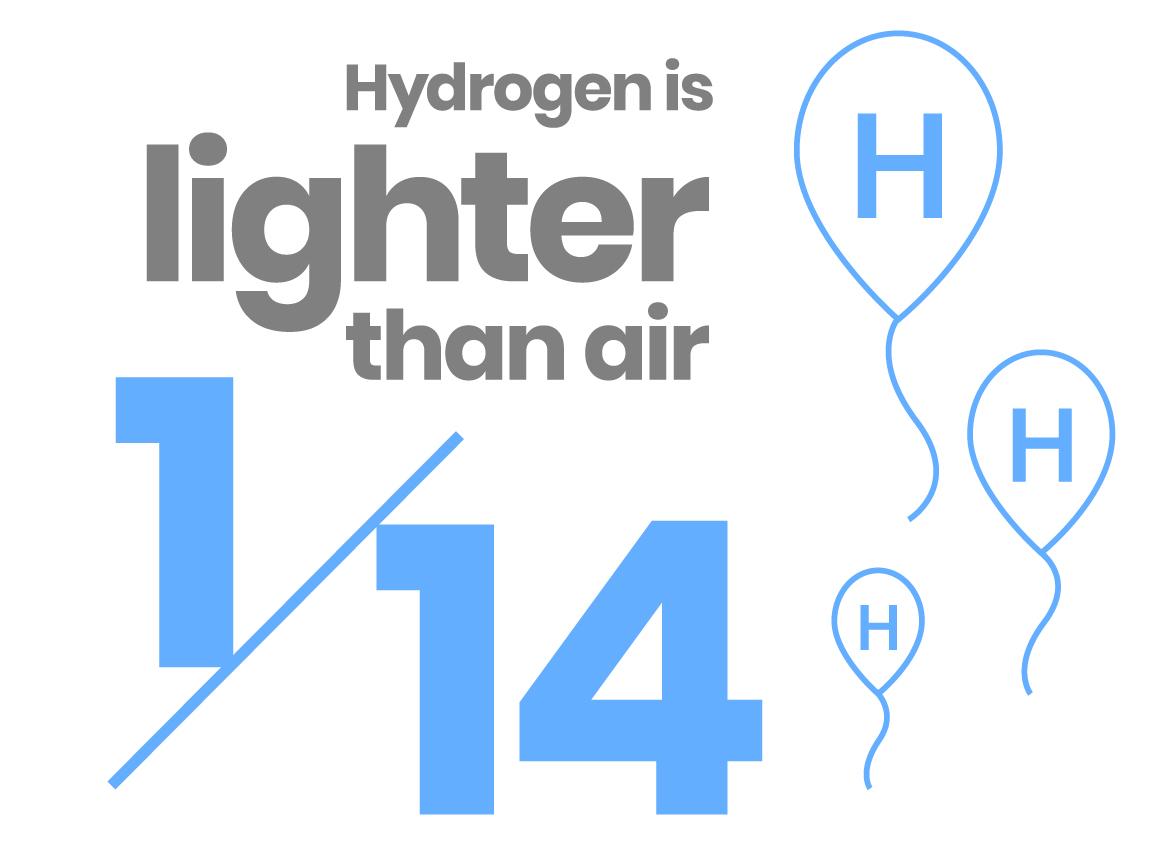
Hydrogen can be used safely if managed correctly
Various research and testing has been conducted to ensure the safe handling of hydrogen. It is based on such research and testing that the three principles for handling hydrogen have been developed, namely “no leakage,” “if leaks occur, quickly detect and stop them,” and “even if leaks occur, do not allow hydrogen to build up.”
Like on all other conventional Toyota vehicles, various safety measures are in place for the Mirai, based on strict safety standards.
In addition, a collision-safety structure protects passengers, fuel cells and high-pressure hydrogen tanks, and a protective structure for the FC (fuel cell) stack has been adopted. Toyota is taking all possible measures to incorporate the three basic concepts into its development and maintenance services.
For the 24 hours Super Taikyu race in May too, the same basic concepts were considered when devising methods to respond to any trouble during the race and how to refuel with hydrogen.
For example, a hydrogen leak sensor was installed on board (so that if the sensor were triggered during the race, the vehicle would make a pit stop), and during the pit stop, if there was a hydrogen leak from the tank, the air would not be able to escape while the car was stopped, so a vacuum cleaner was used to suck out and remove “air just in case hydrogen might be leaking.”

One of the reasons that hydrogen is attracting attention among initiatives towards the realization of carbon neutrality is that it is an energy source that is possible to store and transport. It is worth taking a look at how hydrogen is transported.
Fact 3: Hydrogen can be transported in liquid form at ultra-low temperatures
There are various ways of transporting hydrogen, one of which is to transport it in liquid form. Hydrogen becomes a liquid at the ultra-low temperature of -253℃ and takes up just 1/800th the space of its gaseous form, creating the advantage of being able to transport it in larger volumes.
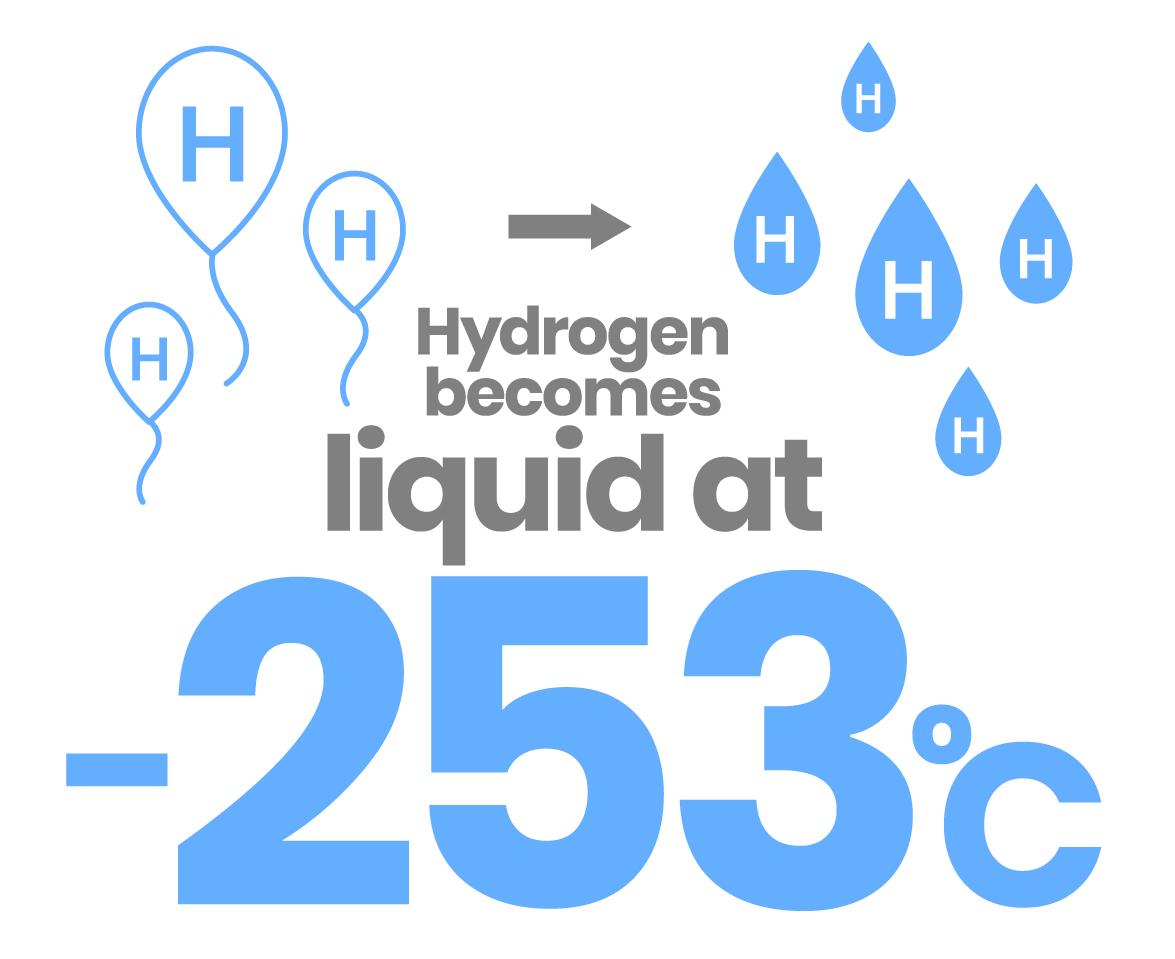
Ideal transportation method can be selected depending on purpose and cost
There are three transportation methods for hydrogen, depending on how it is to be used and the costs involved.
The first method is to transport hydrogen compressed at high pressure. This method requires the use of dedicated trailers fitted with high-pressure hydrogen tanks. The method of compressing and transporting gases in tanks is a technology that has already been studied for other gases such as propane gas for household use. However, in terms of mass shipment, capacity becomes an issue.
The second method is to transport hydrogen by pipeline. The method of transporting hydrogen in a specially dedicated pipeline network similar to that for city gas involves considerable installation expenditure and is currently only used for short distances.
The third method is to convert hydrogen into a different substance prior to transportation, then return it to its former state when ready for use. For example, if ammonia containing hydrogen is used for transportation, this has the merit of enabling the use of standard tanker trucks, without the need to change its temperature or pressure. The largest challenge to this method is the costs involved.
The mode of transportation can be chosen depending on the purpose, cost and infrastructure availability, but in either way, CO2 emissions during transportation must be reduced to zero in order to achieve carbon neutrality.

Hydrogen is the indispensable energy source needed to power an FCEV. In the survey conducted by Toyota, many people asked such questions as, “Where can I fill up with hydrogen?” or “I don’t know how to fill up.” Following is the status of infrastructure in Japan.
Fact 4: There are currently 147 hydrogen stations around Japan, with a target of 1,000 by 2030
There are currently 147 hydrogen stations around Japan (as of June 2021), with a target to expand to 1,000 stations by 2030. If there is a hydrogen station close to one’s home, Mirai will become easier to use and more familiar to a greater number of people. A major challenge therefore is to increase the number of FCEVs in use, in tandem with the number of hydrogen stations.
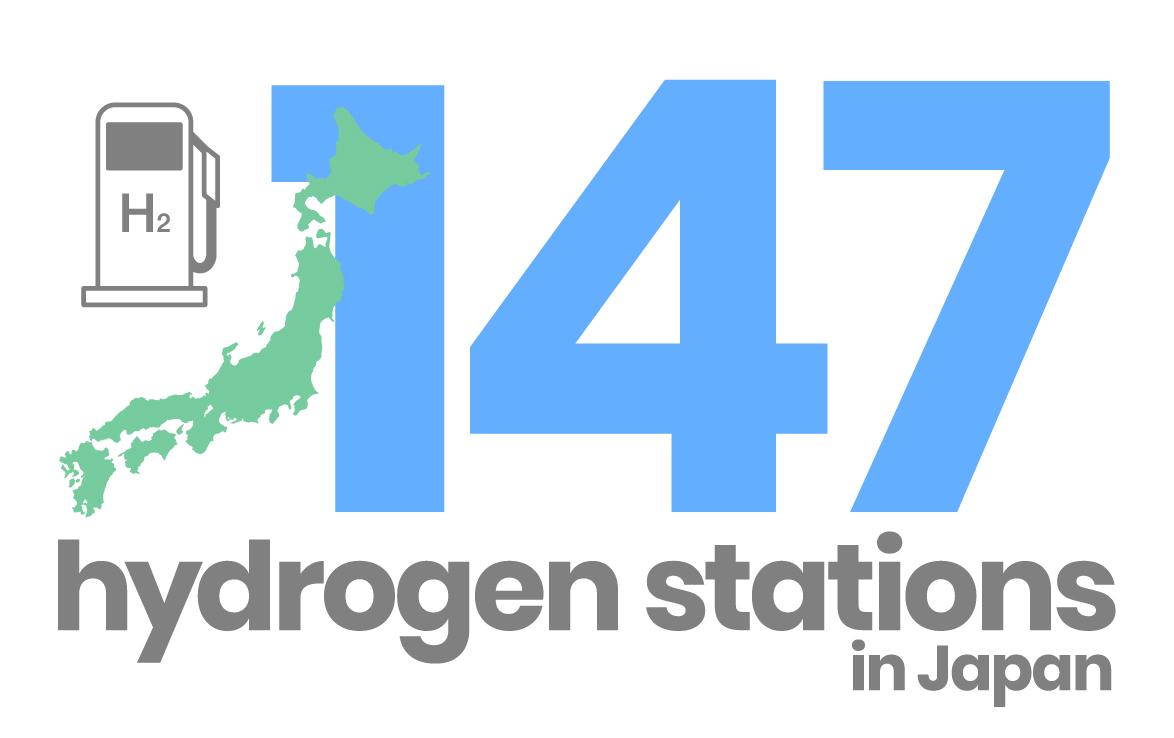
Fact 5: It takes about 3 minutes to fill up a hydrogen tank
FCEVs like the Mirai are refueled at hydrogen stations. These hydrogen stations look very much like standard gas stands and feature the following equipment: a compressor to increase the hydrogen’s pressure to an appropriate level, tanks to store hydrogen, a pre-cooler to cool hydrogen, and a dispenser to supply hydrogen to vehicles.
Refueling at hydrogen stations is conducted by specialist staff who possess the appropriate qualifications, so refueling is completed while vehicle owners wait for just three to five minutes in their vehicles. Depending on how empty the tank is, refueling time may be no longer than refueling a standard gasoline-powered vehicle.
In addition to refueling by specialist staff, in Japan, trials are underway to enable customers to refuel themselves in some areas, which means that there is potential for hydrogen stations to be more convenient like gasoline stands.
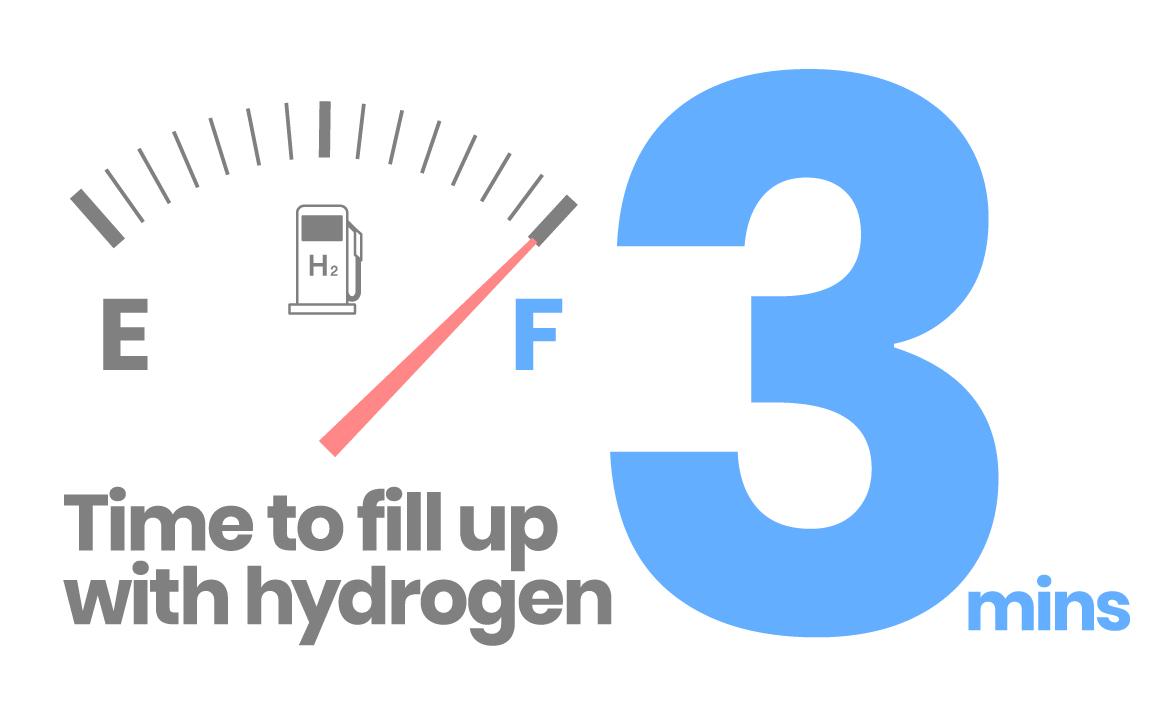
Fact 6: The second-generation Mirai has an estimated driving range of about 850km
The second-generation Mirai has an improved driving range of approximately 850 km (reference value based on WLTC mode in Japan) on a full tank, a 30% increase over the first-generation Mirai. Most recently it was reported in France that a Mirai travelled 1,000 km on one tank.
Also in Japan, automotive journalists similarly took on the driving range challenge and achieved over 1,000km. It was back in 2007 when an FCEV based on the Toyota Kluger succeeded in driving the 500 km from Tokyo to Osaka. These two cases demonstrate a real-world example of how, in just 14 years, the driving range of FCEVs has doubled.
Also, as is still fresh in the memory from the 24-hour endurance race is the sight of the hydrogen-powered vehicle being repeatedly refueled. This would naturally have raised the question in many people’s minds, “Is the hydrogen-powered engine inefficient?” In actual fact, it is known that there is still room for improvement in the hydrogen supply vehicle used for refueling, its refueling machine, and the tank on the side of the vehicle. While FCEVs have the advantage in terms of driving range at the current point, technology will further evolve, bringing new advances to the hydrogen strategy.
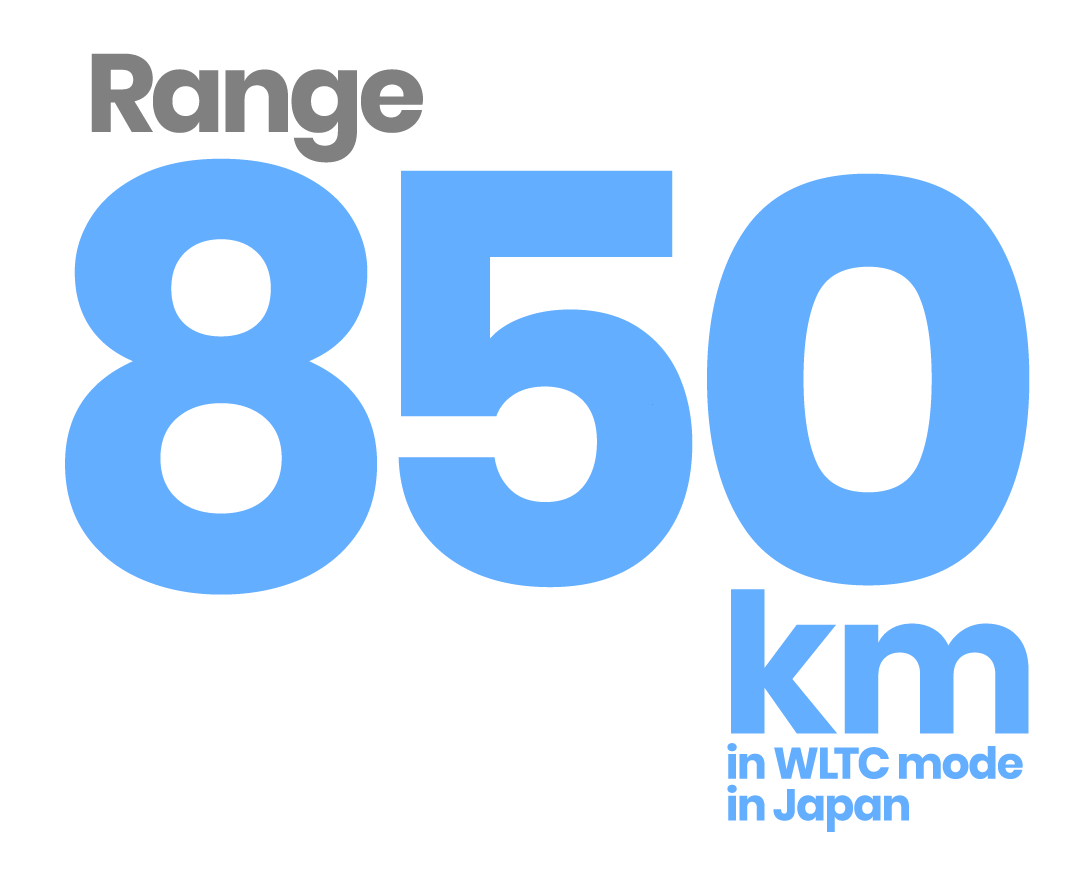

Being different from conventional gasoline-powered vehicles that emit CO2, Toyota has received many questions about the Mirai’s environmental performance including how clean hydrogen really is.
Fact 7: Mirai emits zero CO2 when driving
Conventional vehicles are powered by an engine that draws in gasoline and air to create combustion, releasing carbon dioxide in the process. The Mirai, however, runs on electricity created through chemical reactions between hydrogen and oxygen, so it does not emit CO2 when in motion, and in fact only emits water.
The hydrogen-powered engine also runs on 100% pure hydrogen rather than a gasoline mix, meaning that just like the Mirai it is designed to emit almost zero CO2.
In other words, when referring to times when hydrogen is being used to run a vehicle, it is no exaggeration to say that CO2 emissions are zero.
However, even though a vehicle may emit zero CO2 when running, a look at the life cycle assessment (LCA) that covers all processes from hydrogen production, transportation, and disposal, shows that it does emit CO2 in the whole process. When viewed from the perspective of LCA there are still many challenges to resolve.
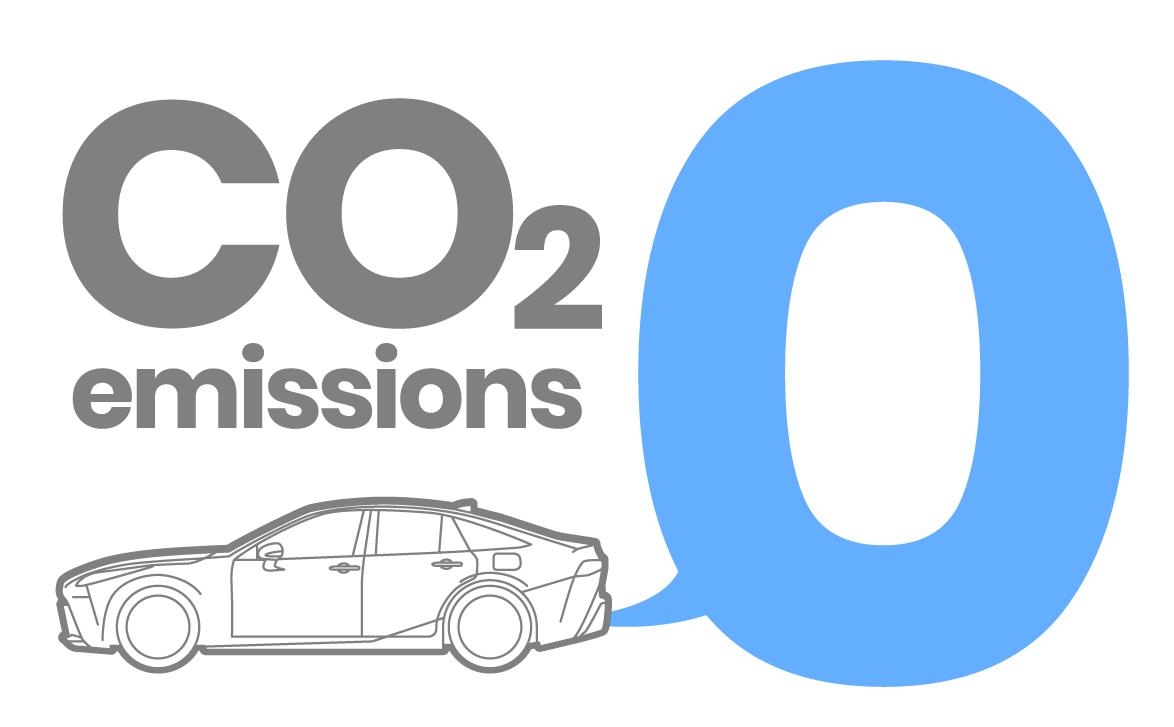
Hope 1: Green hydrogen is the ideal choice
Currently the most often used hydrogen in Japan and around the world is known as grey hydrogen. Hydrogen is called green, blue, or grey, depending on whether CO2 is emitted in the production process and on how it is reduced close to zero afterwards.
Green hydrogen is produced without emitting greenhouse gases. It is largely produced through the use of renewable energies like solar or wind.
Blue hydrogen is produced without emitting any CO2 into the atmosphere. Blue hydrogen also refers to hydrogen for which the CO2 emitted during the production process is effectively used, by capturing, storing, and burying it deep underground.
Grey hydrogen refers to hydrogen that is produced using natural gas or petroleum, etc., and which emit CO2 into the atmosphere in the process. Approximately 95% of all hydrogen produced in the world is said to be grey hydrogen.
Based on the different level of contribution to the environment, green hydrogen should be the mainstay for usage in the future. One solution would be to increase the ratio of renewable energy sources so that CO2 emissions are reduced in the LCA, and to also utilize hydrogen when doing so.
